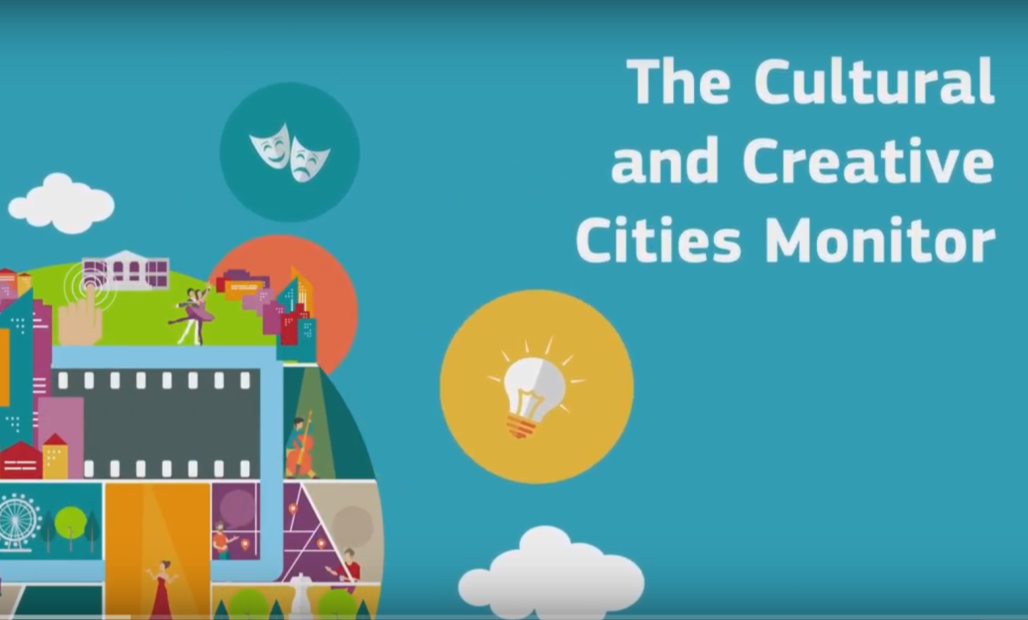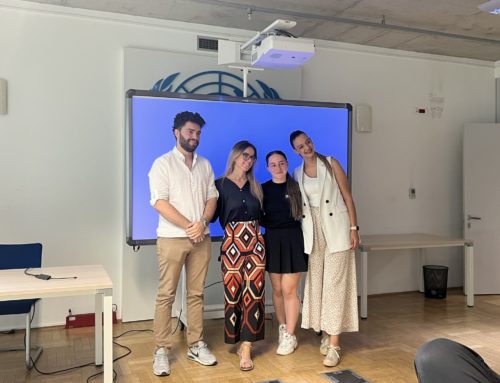The European Commission launches the 2019 Cultural and Creative Cities Monitor, which aims to support cities in shaping their policies and measuring the impact of culture.
The European Commission has published the second edition of the Monitor for Cultural and Creative Cities, which provides evidence of the value of investing in culture and reflects the importance of culture and creativity in those cities that are becoming increasingly competitive globally. The Monitor is designed to help cities to identify their strengths and capabilities, anticipate their impact and encourage all those policies that enhance their cultural, creative and innovative potential.
Following its first successful release in 2017, the 2019 edition presents an updated portrait of cultural and creative resources in a sample of 190 cities in 30 European countries. Resources and cities were selected based on their demonstrated engagement in promoting culture and creativity. The second edition of the Cultural and Creative Cities Monitor provides a wealth of data and a common method for assessing potentials in the fields of culture and creativity, monitoring results and sharing good practices.
The second edition of the Monitor and its brand-new approach to data visualization inspired local governments across Europe that actively used them to adapt to their policies and invest in cultural and creative potential.
The key conclusions of the 2019 report relate to:
- Leading cultural and creative cities: Compared to other cities of similar population: Paris, Copenhagen, Florence and Lund have better results than their counterpart cities;
- Culture, creativity and prosperity: better performance in the field of culture and creativity is associated with higher per capita incomes.
- Growth drivers: cities in the more developed regions are the most represented, although creative businesses are growing at a rapid pace in less developed areas.
- Macro-regional impact: Looking at the average, cities in northern Europe have a leading C3 index, while cities in southern and western Europe are equally good at the number of cultural sites and tourists they attract.
- Fairness of opportunity for cultural participation: European cultural sites can usually be reached within a 30-minute walk and are very accessible by public transport.
You can read the full report at the following link.





